Since October 7th, many families have been trying to understand what is happening in Israel/ Palestine and how history has brought us to this moment. As I began to look for materials to educate my own children on the history of the region, I found that most, if not all of the resources available entirely erased the perspective of the Palestinian people.
I wanted to provide parents with an opportunity to offer their children with historical context that does not whitewash the experience of Indigenous people. This whitewashing is a thread we see throughout the retelling of American history in regards to Black and Indigenous people.
The Palestinian struggle against occupation and colonization is part of the global history of oppression and violent settler colonialism. It is vital that we remove the stereotypes and misinformation that so often accompany the retelling of history from a biased lens.
The following is a brief Early History of the events that ultimately culminated in land theft, segregation and the occupation of the Palestinian people.
(This project was done in consultation with Early Childhood Educator, Ashley B. (mother and entrepreneur). Ashley identifies as Arab and has family that is directly impacted by the occupation and ongoing genocide in Gaza. )
….
PALESTINE: River to Sea (1880's)
“we are the boat
returning to dock
we are the footprints
on the northern trail
we are the iron
coloring the soil
we cannot
be erased.”
-Remi Kanazi
The 1800’s was a time of great colonial expansion as European powers attempted to take control of other parts of the world, including the Middle East.
Colonization is the act of taking over an area of land by force. Throughout history, colonialism has led to violence and removal of Black and brown Indigenous people.
"Imagine that you get to take over another room in your home. You get all of the stuff in that room and a lot of new space. This probably sounds like a good deal - who doesn't want more stuff and more space? Entire countries are always on the lookout for more space and more riches, and they will take over other countries to get it. In the process, Black and brown people suffer. They are often forced to leave their land. They are often hurt and treated poorly. Many times they are not given the same rights or respect as the colonizers." (David Wilson, colonization lessons for kids)
During the 1800’s, Palestine was ruled by the Ottoman Empire. The region was changing in two important ways. The Indigenous people living in Palestine began to embrace a national identity. At the same time, a political activist named Theodore Herzl founded a movement called Zionism. Zionism was a response to growing antisemitism in Europe. Herzl believed that the solution to antisemitism was to create a Jewish homeland. The founders of Zionism considered several locations to build a majority Jewish state including Argentina, Kenya, Egypt and Cypress. Ultimately they chose Palestine. The land of Palestine was already populated by Indigenous people with a unique identity. They were religiously diverse and lived peacefully. Palestinians practiced Islam, Christianity, and Judaism. There were also several smaller religious sects. Culturally, the region was predominantly Arab. The earliest Jewish settlers immigrated to Palestine from Eastern Europe. Many mistreated the Arab population and regarded them as "savages". Savage is a racist term often used by colonists to describe Indigenous populations that practice unique cultural traditions that differ from the colonists' way of life.
( click for a resource that further explains the concepts of racism and colonization)
British Rule (Early 1900's)
In 1917, the Balfour Declaration was issued making Zionism a part of British foreign policy. This was a British promise to establish a Jewish homeland in Palestine, stripping Palestinians of their sovereignty and right to land.
In 1920, during World War I, the land of Palestine fell under British colonial rule. During this time, Palestine was a majority Arab country of over 700,000 inhabitants. One of the goals of the British was to establish a Jewish homeland as promised in the Balfour declaration. During the 25 years of the Palestine Mandate (British rule), there was large-scale Jewish immigration from abroad, mainly from Eastern Europe. This immigration resulted in the forced removal of Indigenous Palestinian people from their land and heightened hostility between the Palestinians and new Jewish immigrants. In response to this land theft and displacement, Palestinians organized an uprising to resist colonization. During the 1936 Arab Revolt, black and white kufiyah scarves were worn for the first time as a symbol of resistance.
“In 1936, Palestinian Arabs launched a large-scale uprising against the British and their support for Zionist settler-colonialism. The British authorities violently crushed the revolt, which lasted until 1939. They destroyed at least 2,000 Palestinian homes, put 9,000 Palestinians in concentration camps and subjected them to violent interrogation, including torture, and deported 200 Palestinian nationalist leaders.” (AL Jazeera)
Throughout the history of Palestine, Arab uprising is often characterized as an unprovoked act of terror rooted in malice against the Jewish population. It's important to note that throughout history, occupied people have sought liberation from their oppressors often through conflict. We see this reflected in our own history of colonization and land theft in the United States:
"Native Americans resisted the efforts of the Europeans to gain more land and control during the colonial period, but they struggled to do so against a sea of problems, including new diseases, the slave trade, and an ever-growing European population." (National Geographic)
Historically, Indigenous revolts often ended in brutal suppression and further displacement at the hands of the occupying power.
Land Theft: Creation of the Israeli State
After WWII, the United nations created a plan to partition Palestinian land into separate Jewish and Arab states. Although the UN claimed that the intention was to give Jews a state and to establish palestinian independence, the plan divided the land unfairly in favor of the Jewish population.
"Palestinians, were being asked to give away most of their land to a minority of recently arrived settlers." (Decolonize Palestine)
The Jews accepted the plan and declared independence as Israel. The Palestinians rejected the plan, and in 1948, many of the surrounding Arab nations declared war on Israel. Palestinians were increasingly experiencing campaigns of ethnic cleansing(forced removal)and violence throughout the region.
"Zionist paramilitary groups launched a vicious process of ethnic cleansing in the form of large-scale attacks aimed at the mass expulsion of Palestinians from their towns and villages to build the Jewish state, which culminated in the Nakba." (AL Jazeera)
The Nakba
Quick Facts: The Palestinian Nakba (“Catastrophe”)
• The Nakba (“catastrophe” in Arabic) refers to the violent removal of Palestinians from their homes and homeland by Zionist militias and the new Israeli army during the state of Israel’s establishment (1947-49).
• The Nakba was a deliberate and systematic act intended to establish a Jewish majority state in Palestine. Amongst themselves, Zionist leaders used the euphemism “transfer” when discussing plans for what today would be called ethnic cleansing.
• Almost immediately after the partition plan was passed, the expulsion of Palestinians by Zionist militias began, months before the armies of neighboring Arab states became involved. By the time these militias and the new Israeli army finished, the new state of Israel covered 78% of Palestine. The remaining 22%, comprising the West Bank, East Jerusalem, and Gaza, fell under the control of Jordan and Egypt, respectively. In the 1967 War, the Israeli military occupied the West Bank, East Jerusalem, and Gaza, which Israel began colonizing shortly afterwards.
• Approximately 4,244,776 : The number of acres of Palestinian land stolen by Israel during and immediately after the establishment of the state in 1948.
• Between 100 and 200 billion: The total estimated monetary loss of Palestinians during Israel's establishment, in current US dollars.
….
Following the war, the Palestinian people experienced a humanitarian crisis known as “the catastrophe (Nakba)”. At least 750,000 Palestinians in total were forcibly removed from their ancestral home and 15,000 Palestinians were killed in massacres. Zionist forces had committed about 223 atrocities by 1949, including massacres, attacks such as bombings of homes, looting, the destruction of property and entire villages.
“The Nakba was a formative event for Palestinian identity and has been observed annually in the years since — including by the United Nations for the first time in 2023. Some have warned that the current Israeli offensive in Gaza, in which more than 1 million Palestinians have been told by Israel to flee, is amounting to a second Nakba.”
Apartheid and Occupation
“Amnesty International’s report on Palestine reveals the true extent of Israel’s apartheid regime. Whether they live in Gaza, East Jerusalem and the rest of the West Bank, or Israel itself, Palestinians are treated as an inferior racial group and systematically deprived of their rights. We found that Israel’s cruel policies of segregation, dispossession and exclusion across all territories under its control clearly amount to apartheid. The international community has an obligation to act
Agnès Callamard, Amnesty International’s Secretary General
Since the Israeli occupation of Palestinian land first began, Israel’s ruthless policies of land confiscation, illegal settlement and rampant discrimination, have inflicted immense suffering on Palestinians, depriving them of their basic rights. Israel’s military rule disrupts every aspect of daily life in the Occupied Palestinian Territories. It continues to affect whether, when and how Palestinians can travel to work or school, go abroad, visit their relatives, earn a living, attend a protest, access their farmland, or even access electricity or a clean water supply. It means daily humiliation, fear and oppression. People’s entire lives are effectively held hostage by Israel.
…
The term “apartheid” was originally used to refer to a political system in South Africa which enforced racial segregation, and the domination and oppression of one racial group by another. It has since been adopted by the international community to condemn and criminalize such systems and practices wherever they occur in the world.
Palestinians facing the brutality of Israel’s repression have been calling for an understanding of Israel’s rule as apartheid for over two decades. Over time, a broader international recognition of Israel’s treatment of Palestinians as apartheid has begun to take shape. Yet, governments with the responsibility and power to do something have refused to take any meaningful action to hold Israel accountable. Unfortunately, the situation today is one of no progress towards a just solution and worsening human rights for Palestinians.
(The above section was adapted from Amnesty International)
….
What is currently happening to the Palestinian people in Gaza is an act of genocide. Genocide is the intentional attempt to destroy an entire group of people and their culture. Gaza was part of historic Palestine before the state of Israel was created in 1948. It's home to over 2 million Palestinians and has been the scene of intense human suffering at the hands of Israeli occupation. Israel placed a blockade on the Gaza Strip in 2007. The blockade has destroyed the Palestinian's economy and segregated them from the rest of the world. Gaza is often referred to as an open air prison because the conditions created by the occupation have resulted in a humanitarian crisis of poverty and hunger. Palestinians are regularly abused and harassed by the Israeli military.
Israel has waged several wars against Palestinian citizens since 2007. Each attack has further degraded the living conditions in Gaza. The current seige has been the most deadly since the Nakba, especially for children. The lives of more than 10,000 Palestinian children have been lost since Oct 7th.
( Click for more on life in gaza )
….
HOW CAN WE HELP?
1) Contact your member of Congress and call for an immediate cease-fire.
Popular opinion polls show a majority of people in the U.S. favor of a cease-fire. Millions have joined protests around the globe. Yet only a few members of Congress have publicly called for a cease-fire. Our elected officials must keep hearing from us.
Consider creating a postcard dedicated to a child who was lost to the war on the Palestinian people.
2) Help bring attention to what's happening in Gaza.
Take part in protests. Marches, rallies, and vigils are a powerful way to publicly demonstrate solidarity with Gaza.
3)Write a letter to the editor. This is an effective way to show support for Gaza, counter harmful media narratives about what's happening, and add context that news outlets often miss out on.
4) Learn more about Gaza and lift up Palestinian voices.
….
Additional resources:
I Am Palestine | Award winning short film available on YouTube





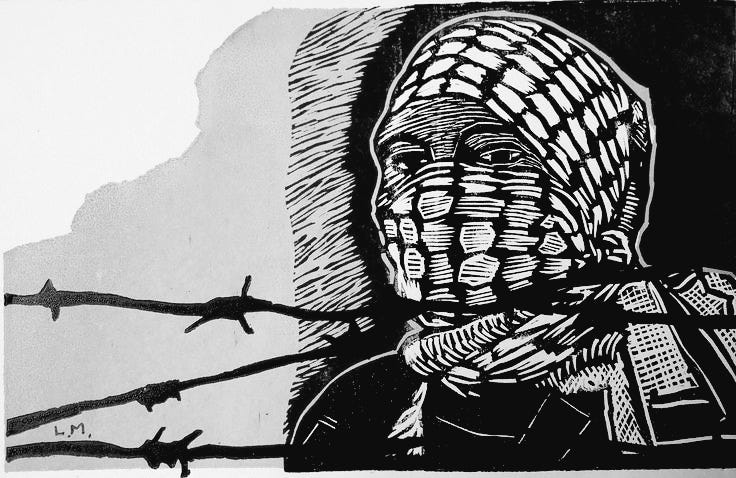

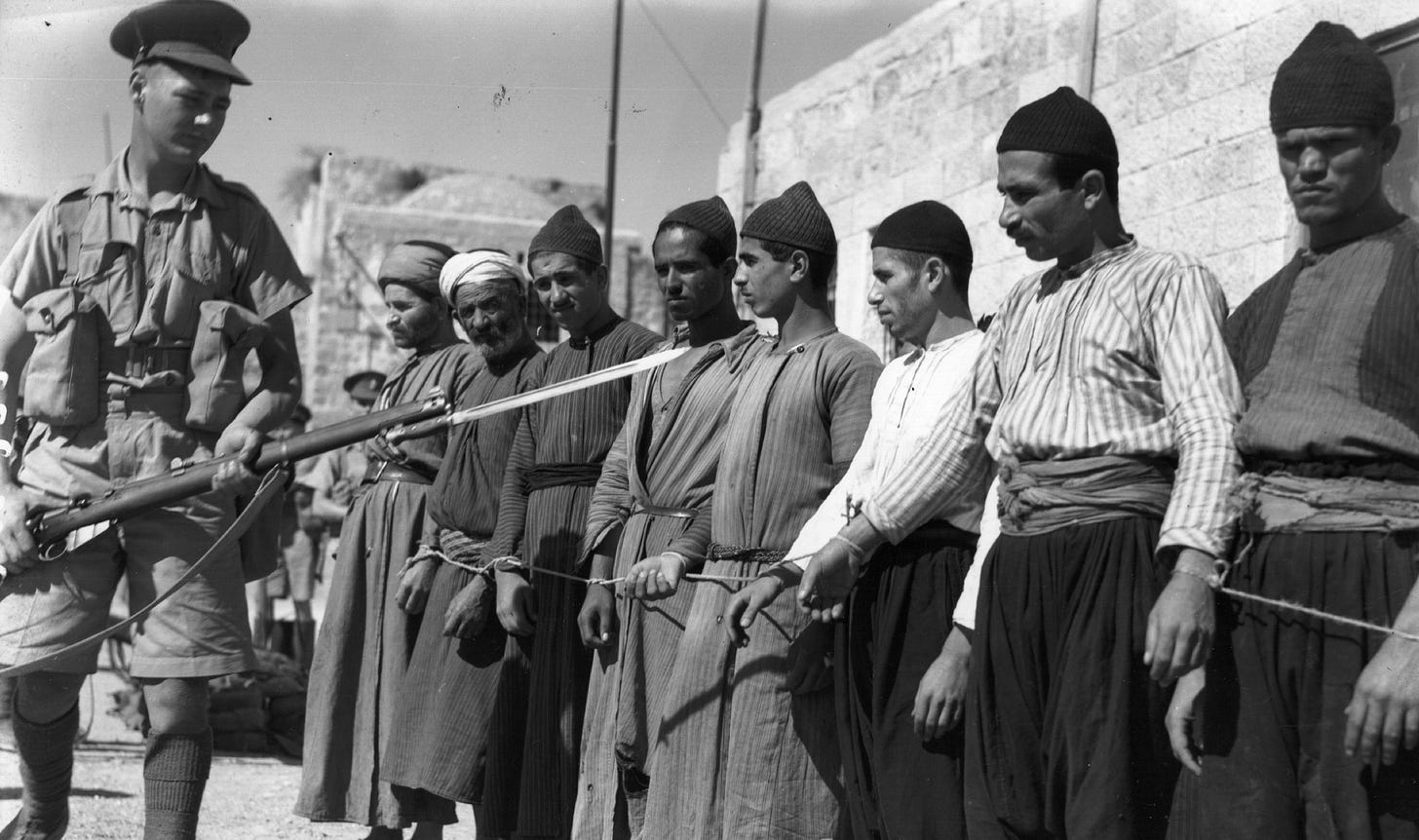


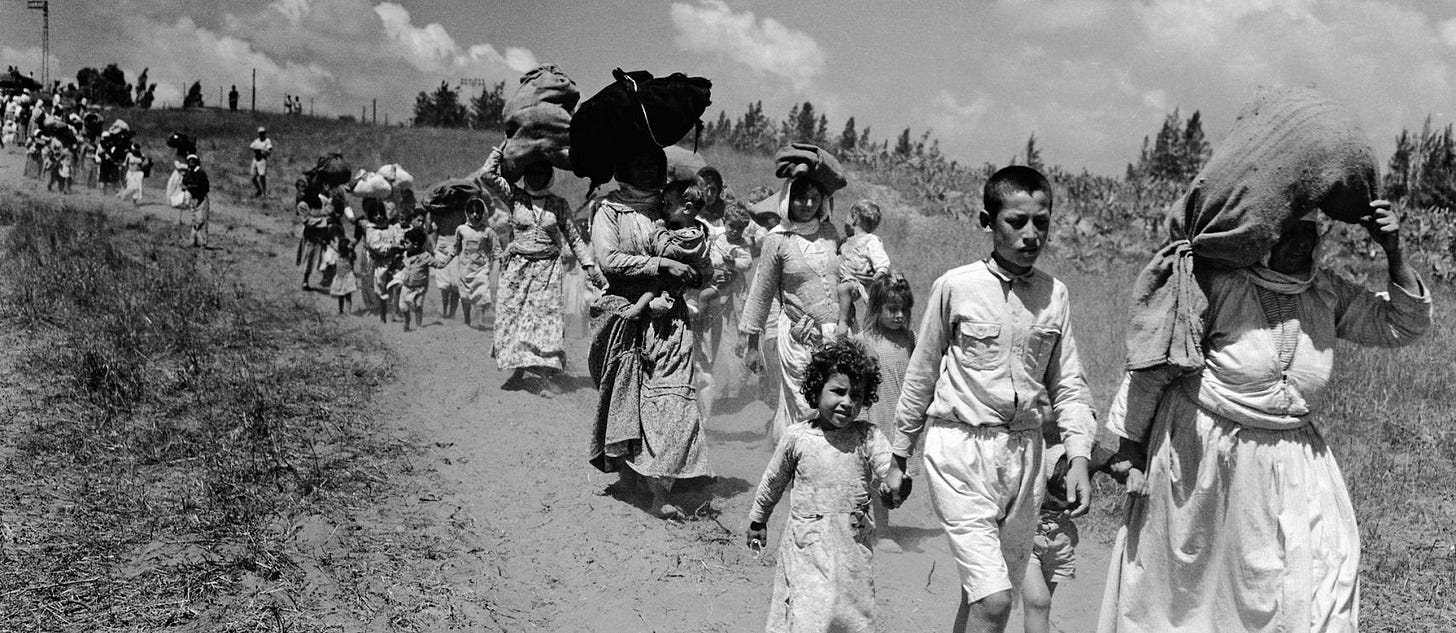
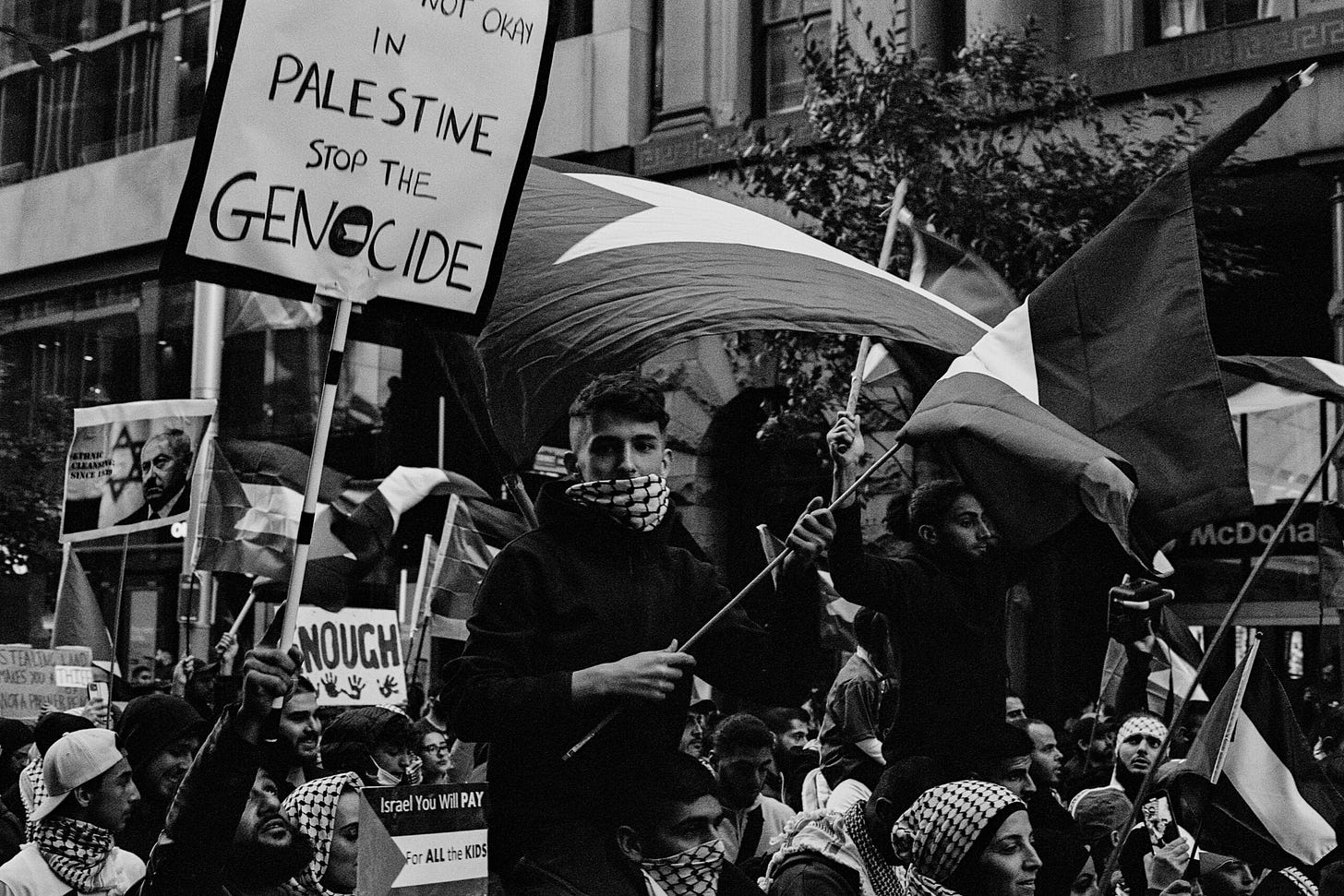

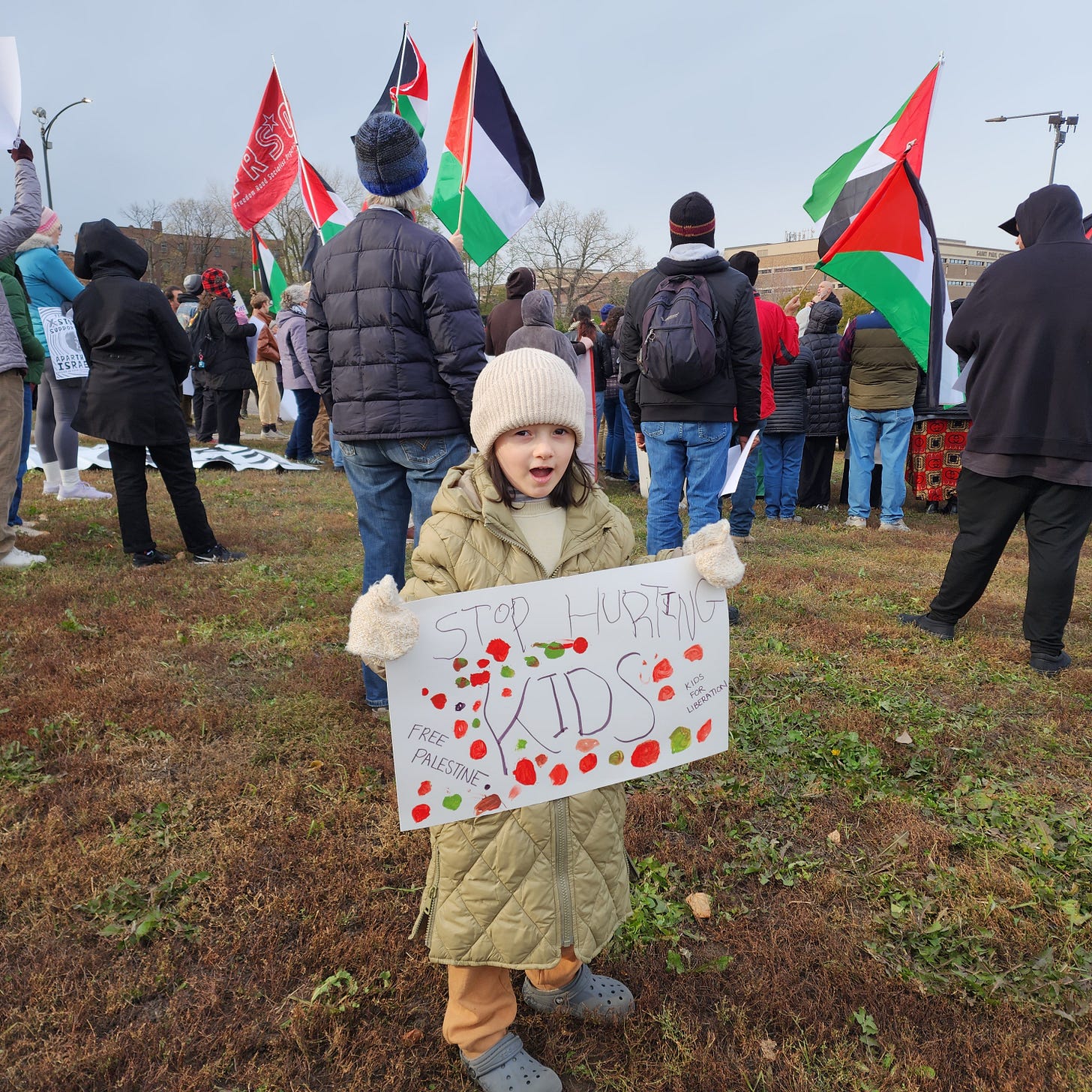
Thank you for creating and sharing this!!